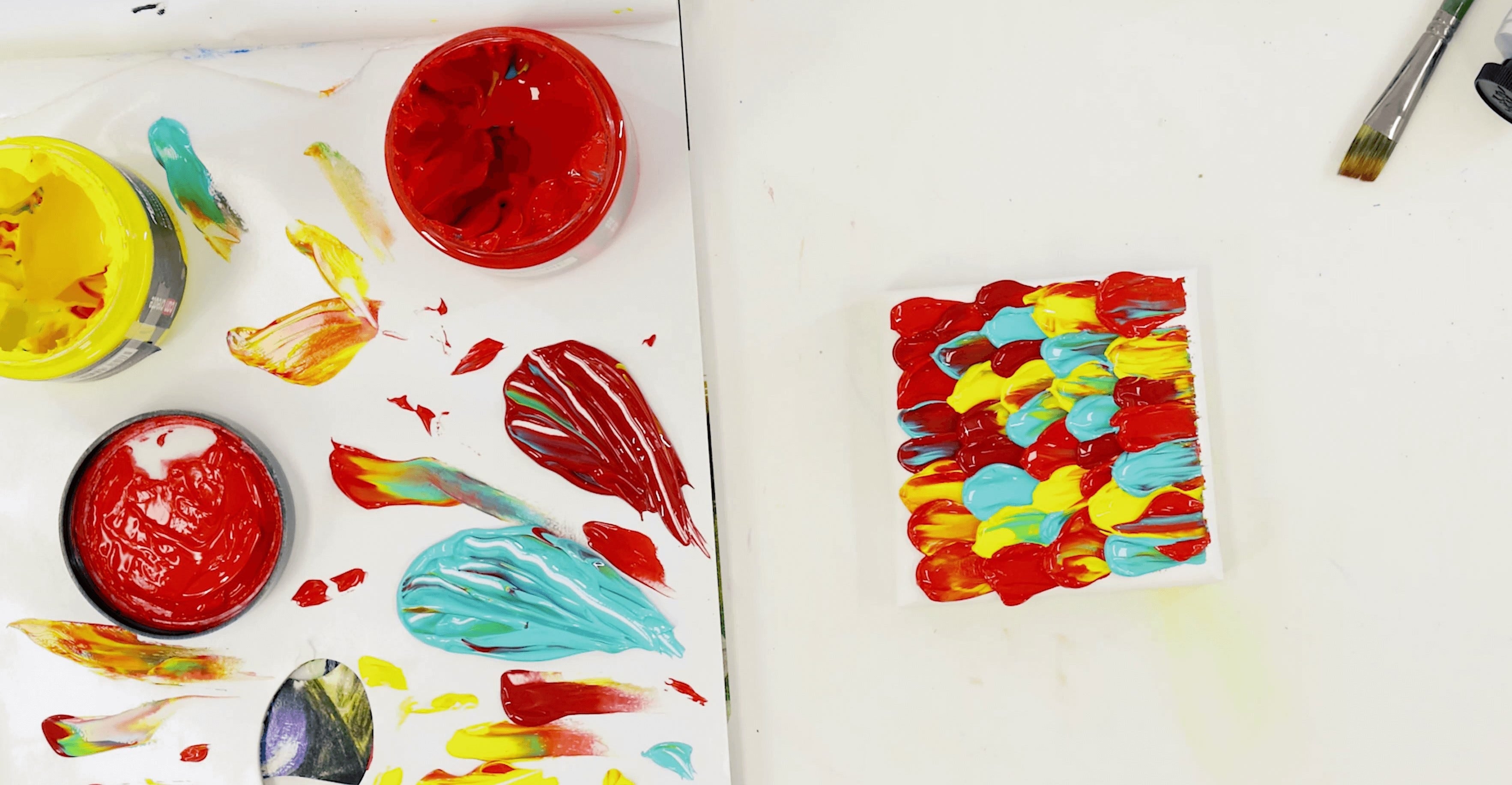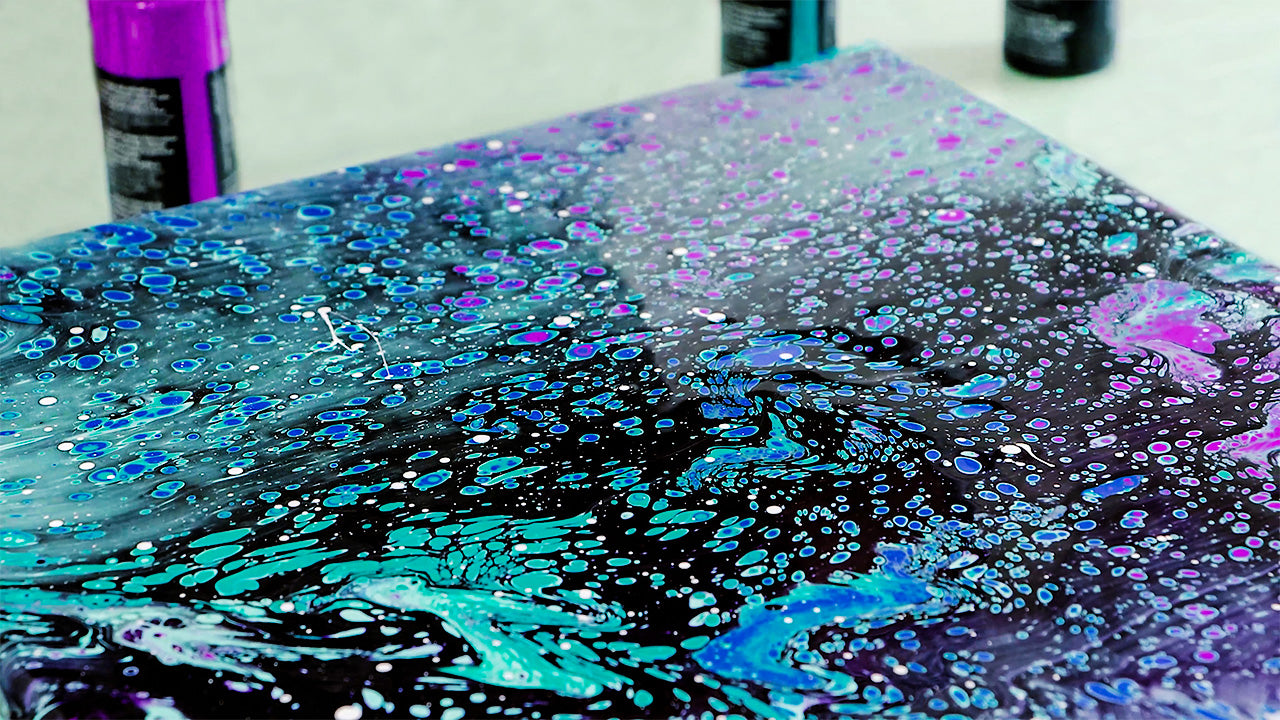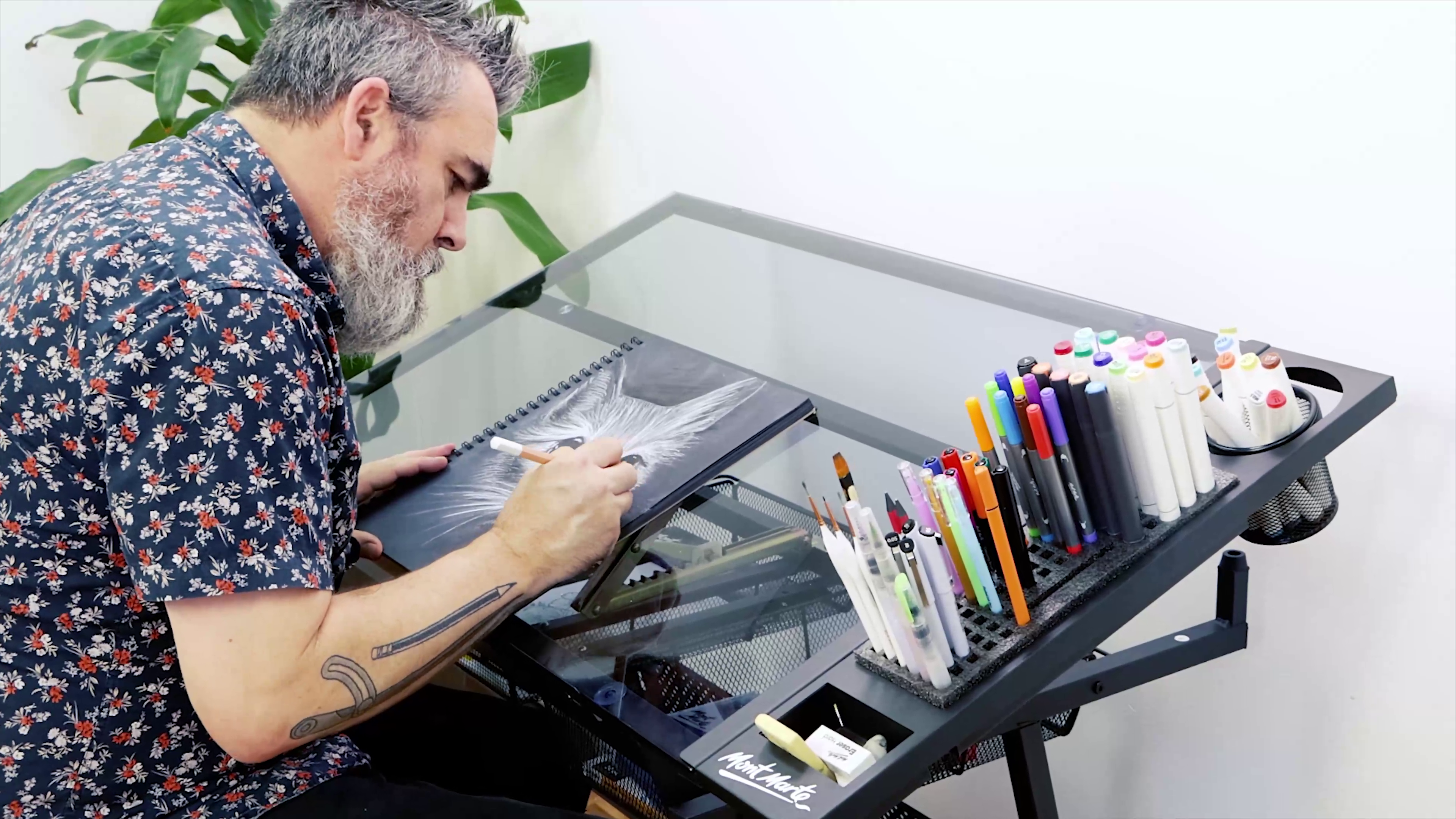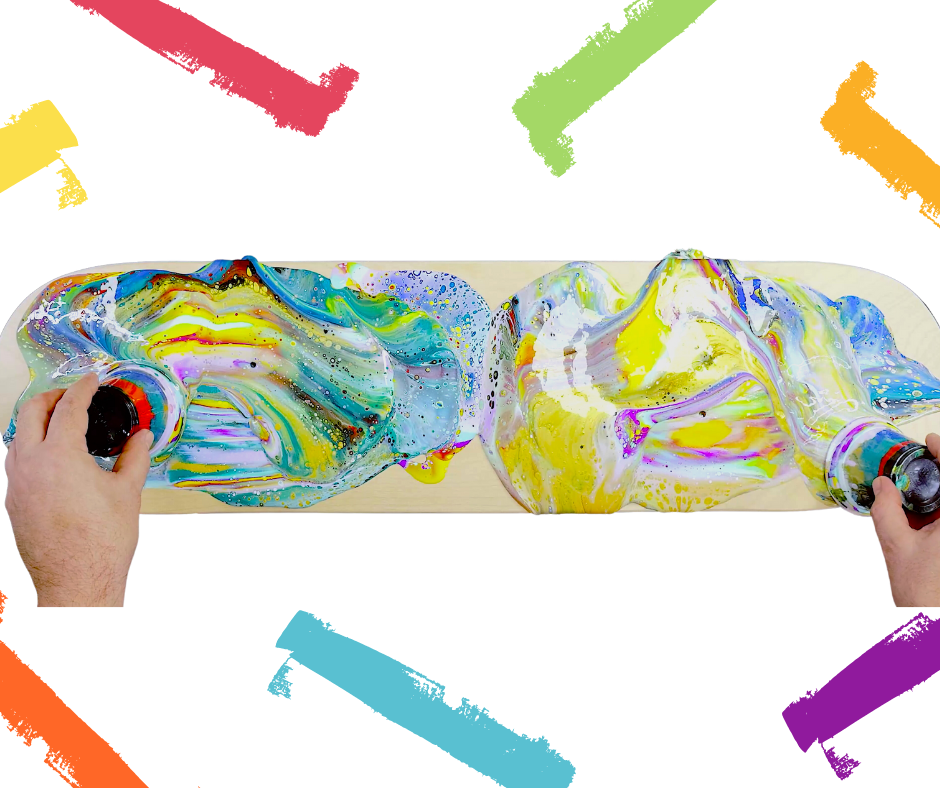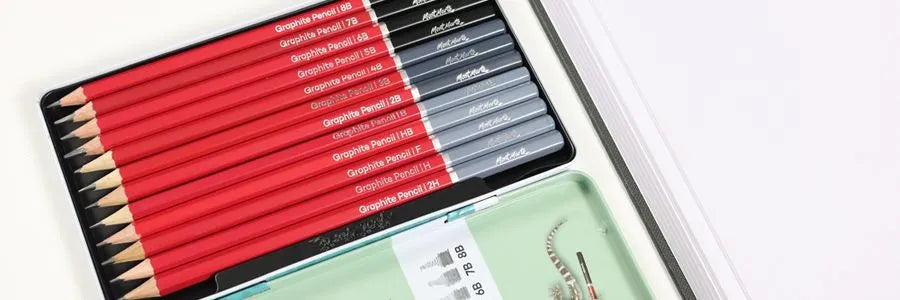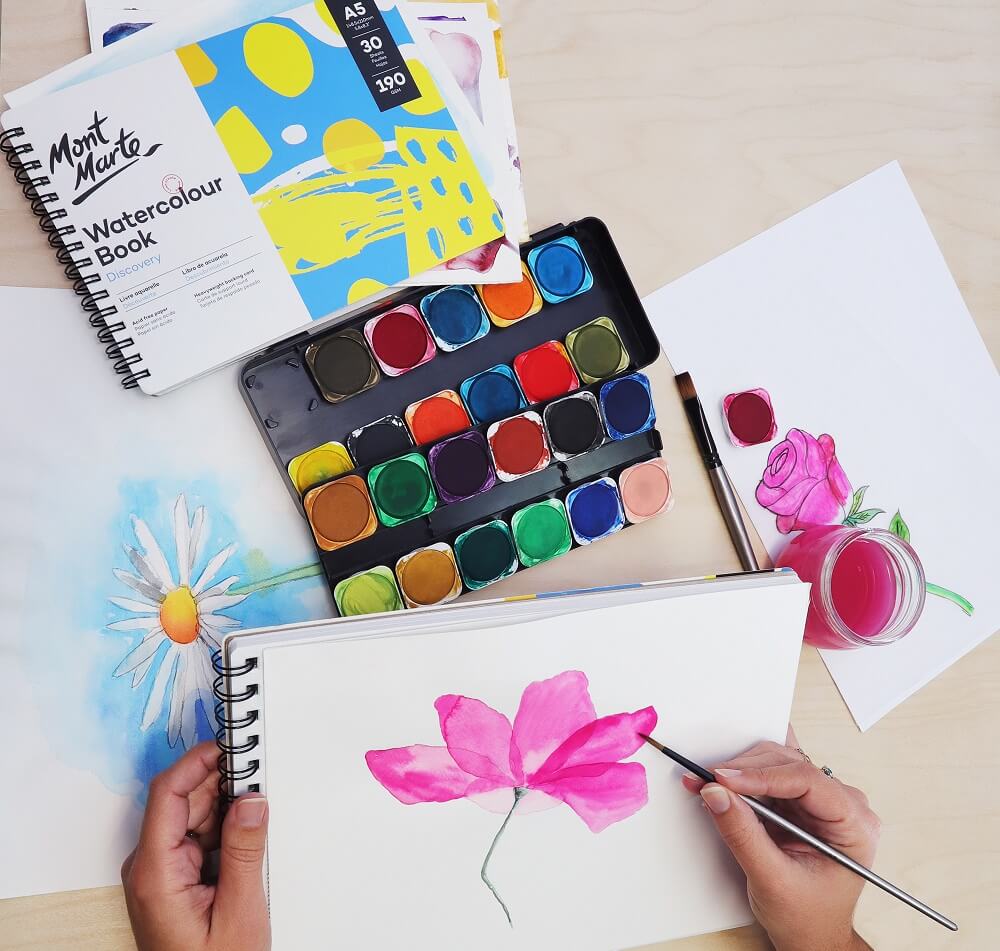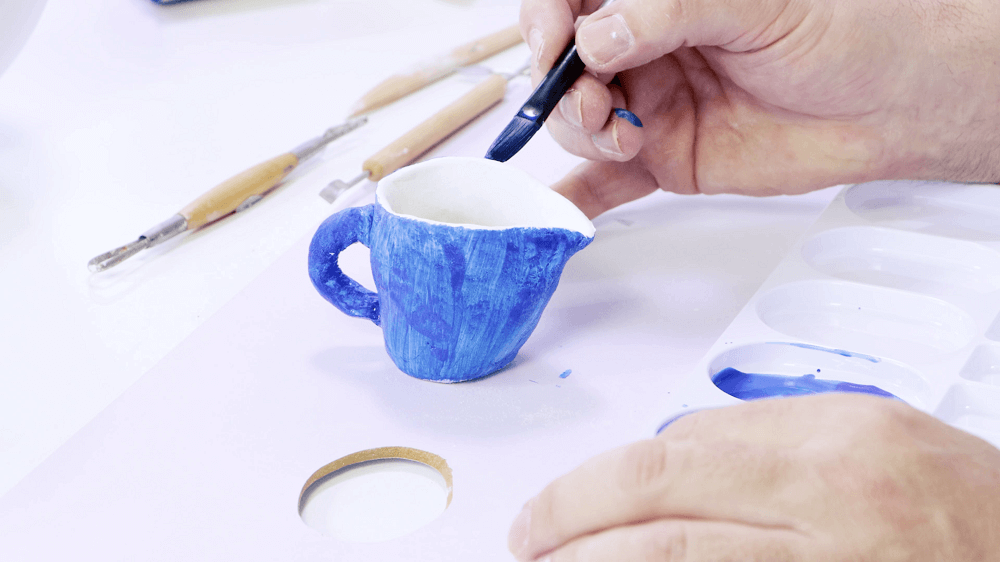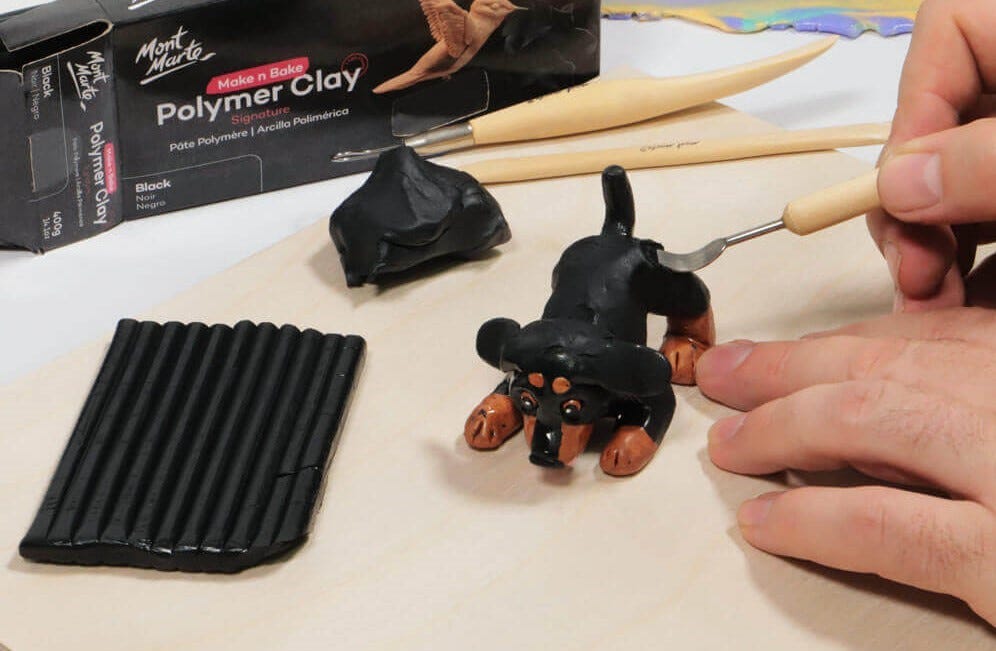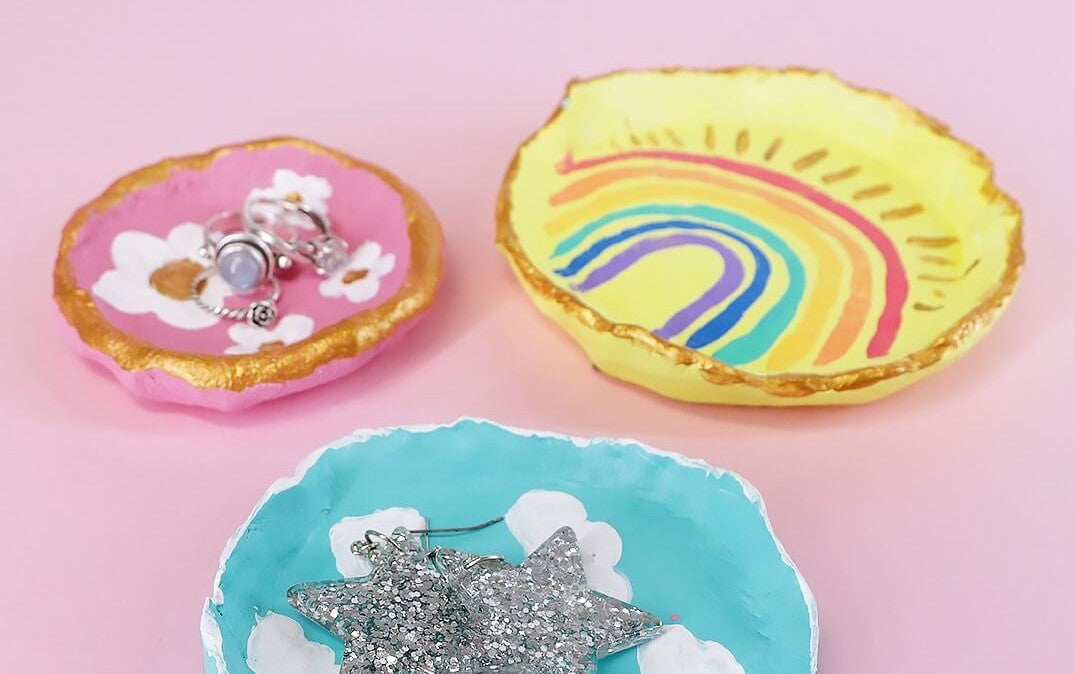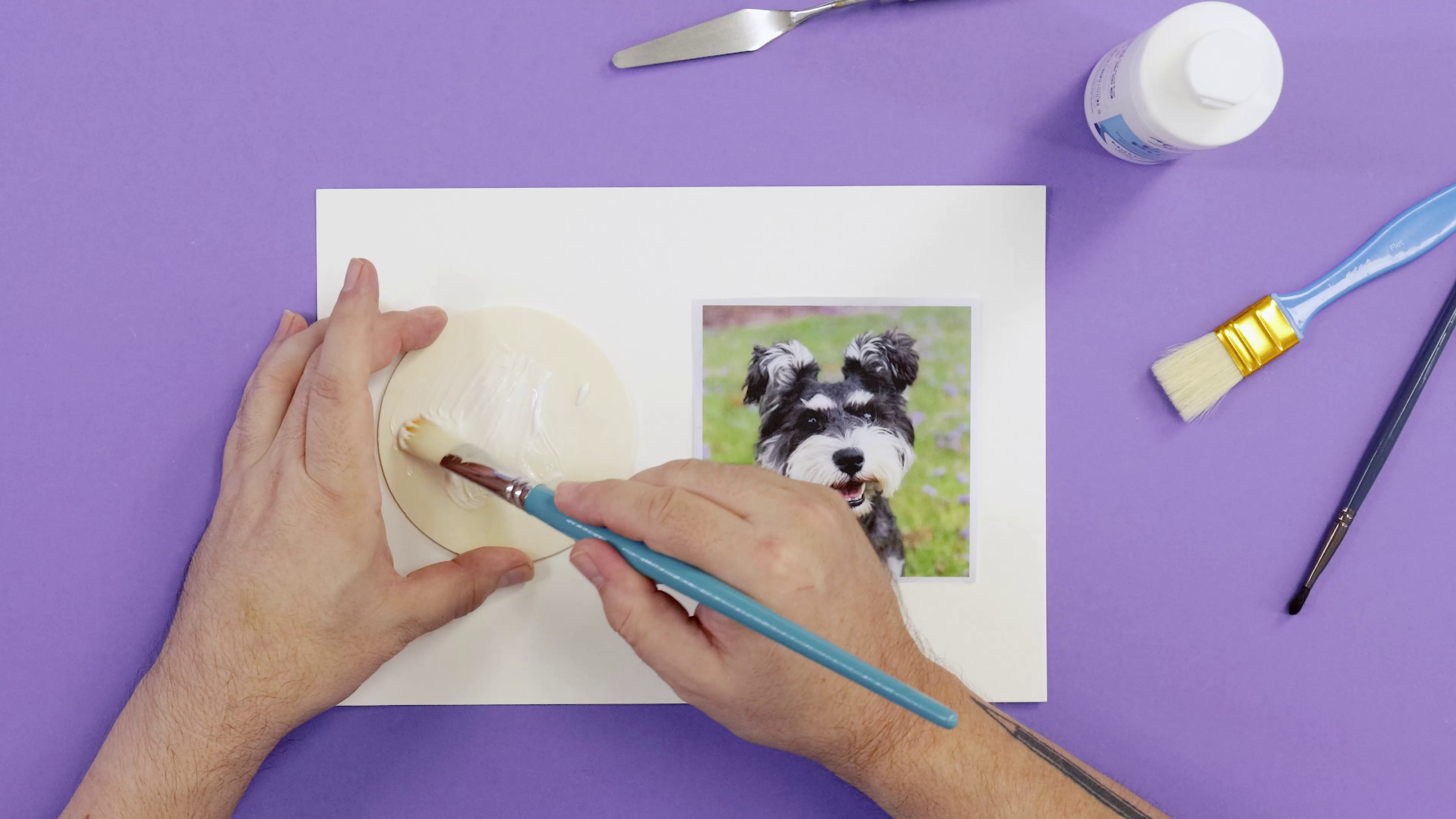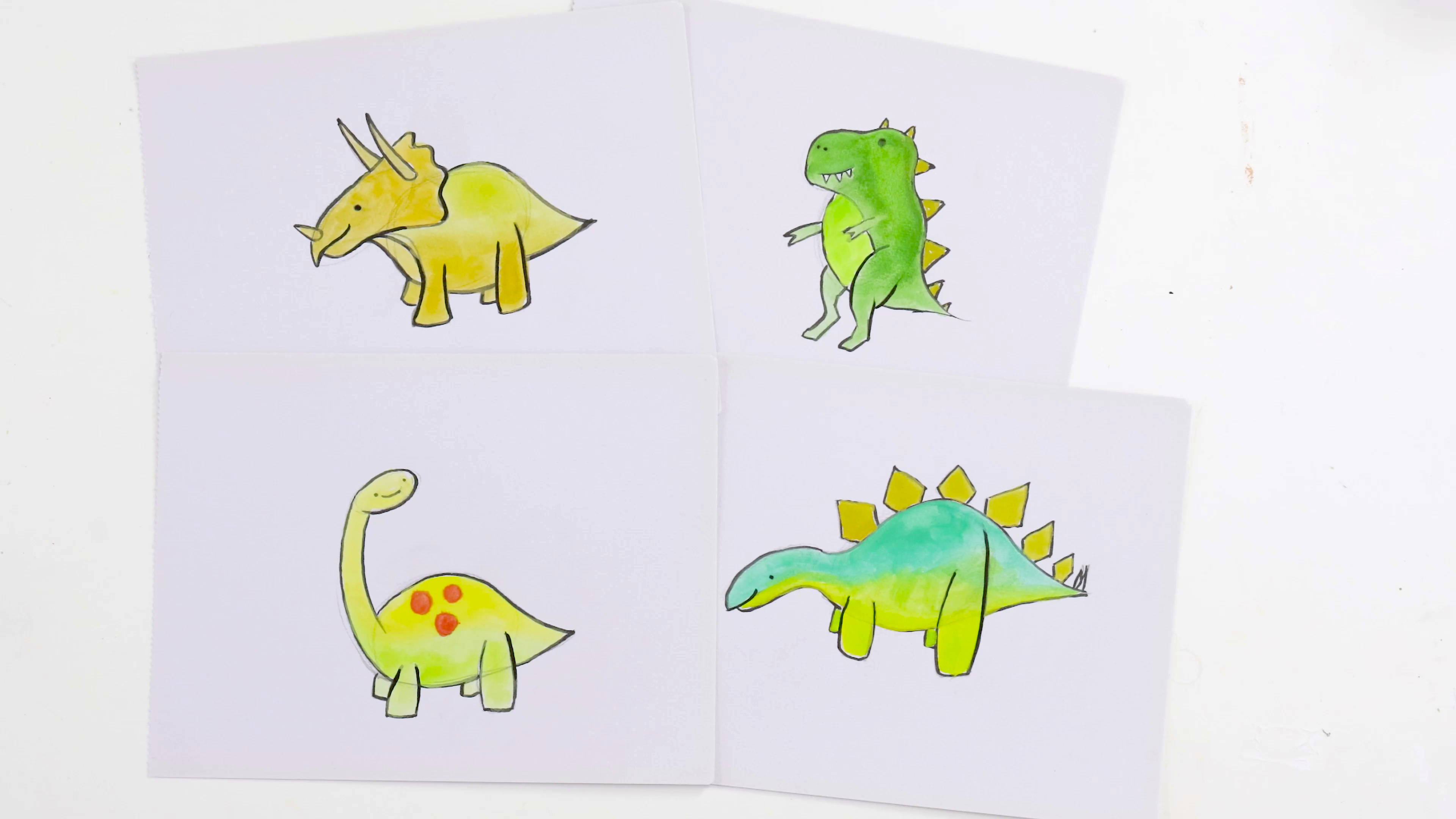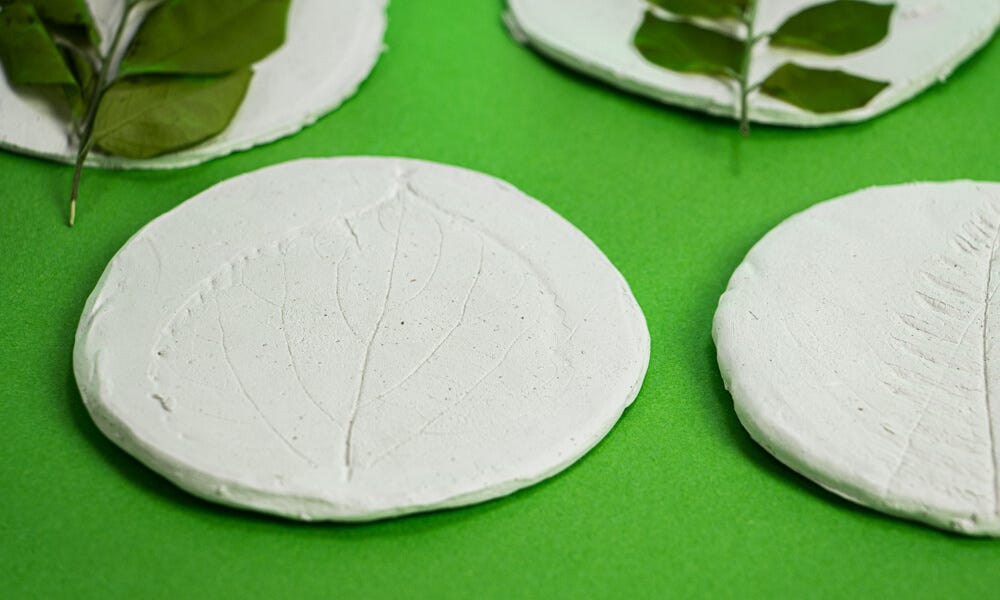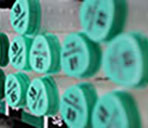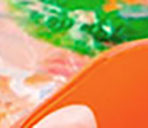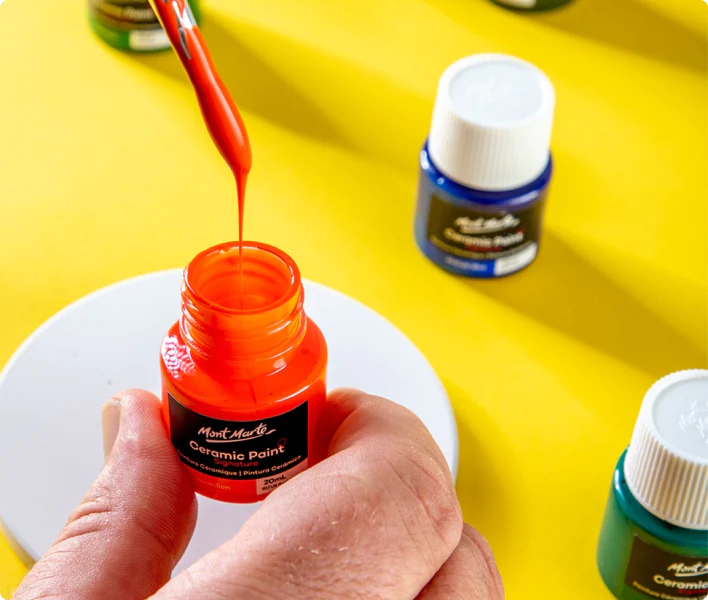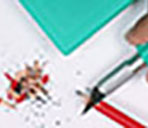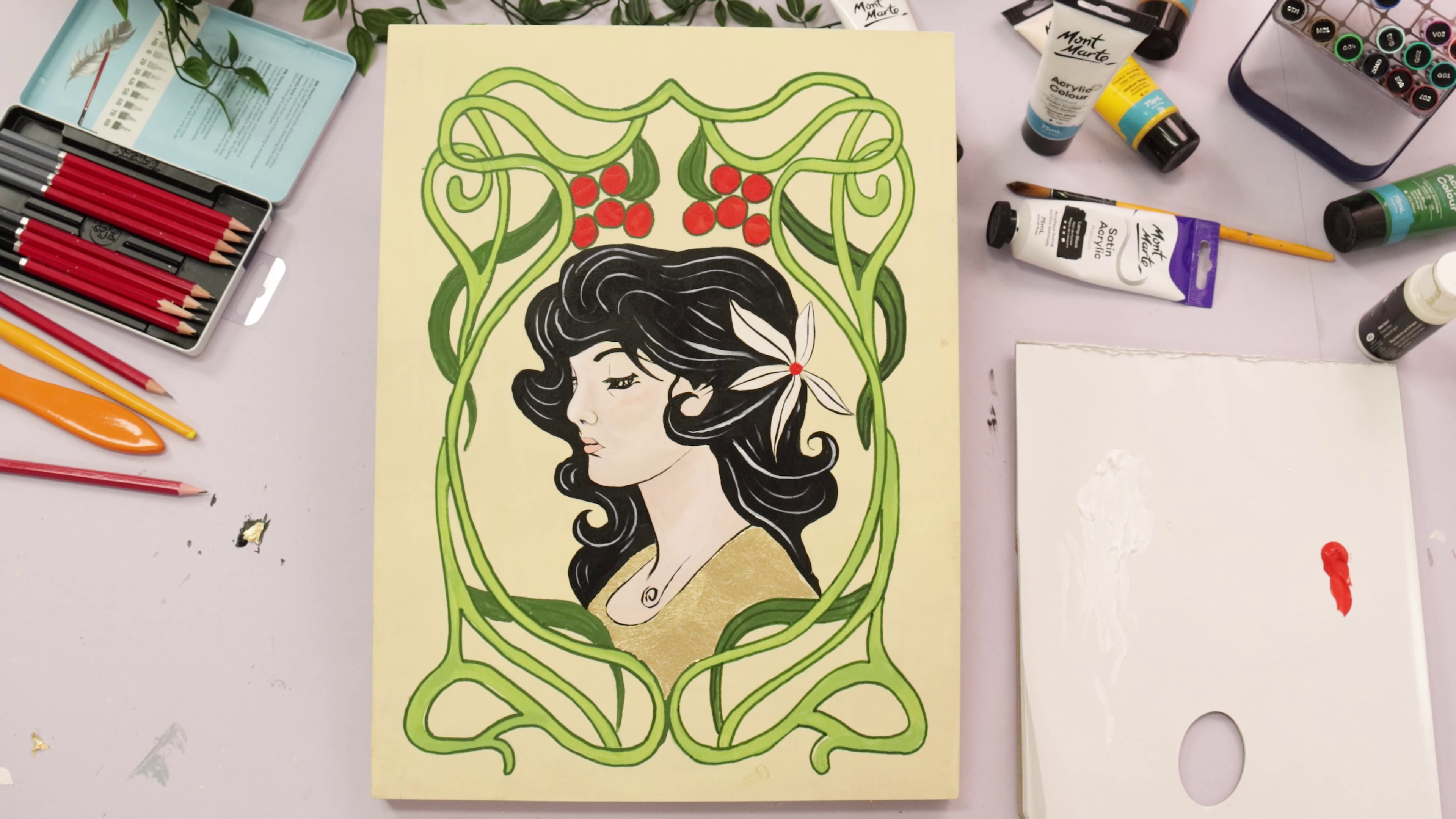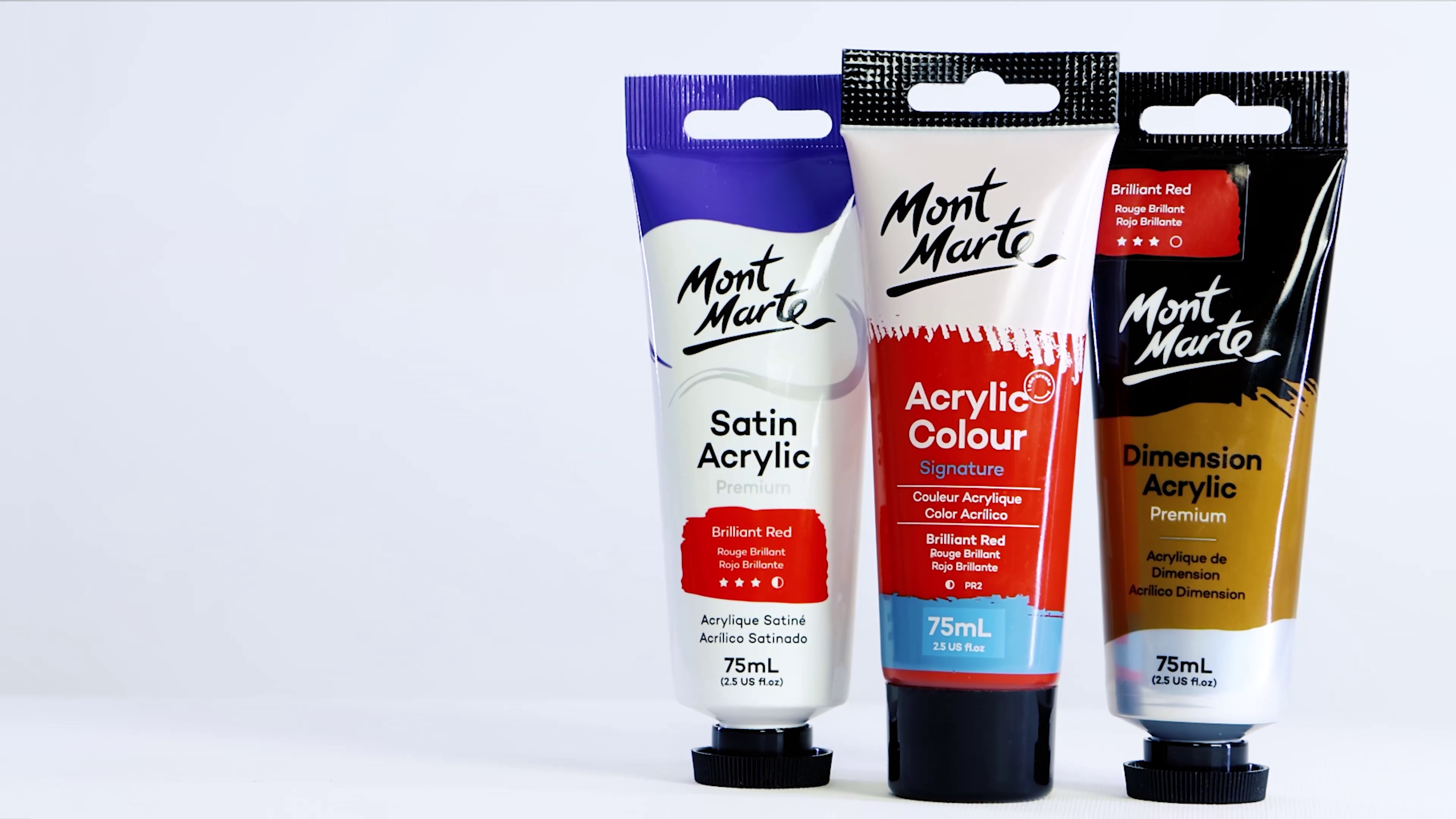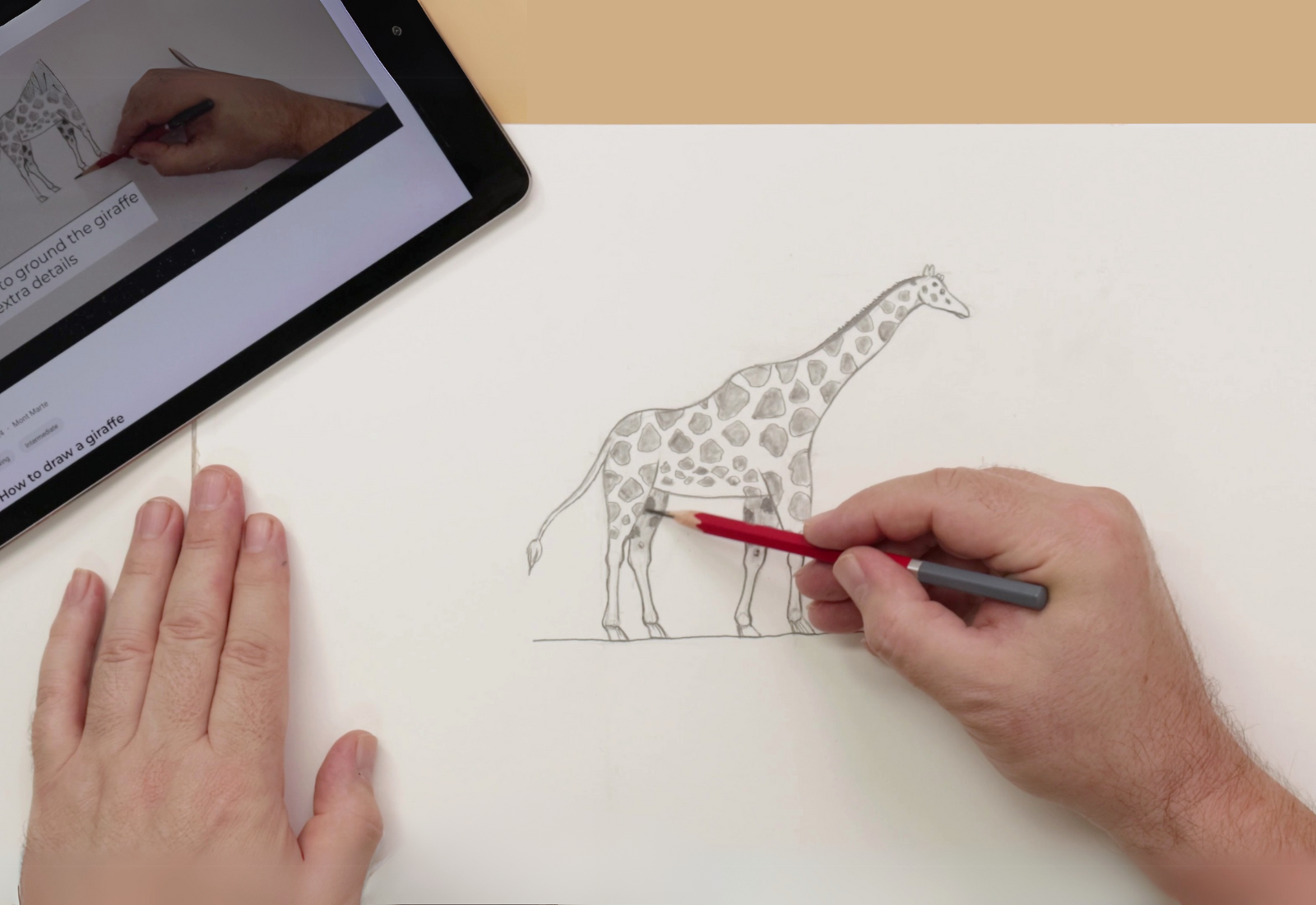Art Nouveau meaning "New Art" in French, was a decorative art movement that flourished from the late 19th century to the early 20th century. Known for its organic, flowing lines and nature-inspired motifs, Art Nouveau brought beauty to everything—from architecture and furniture to jewellery and posters. Let’s explore how you can incorporate this intricate style into your artwork and add an ornate touch to your home!
1. What is Art Nouveau?
Art Nouveau emerged in the late 1800s as a response to industrialisation, which had mass-produced objects with little attention to beauty. Artists of this movement wanted to bring elegance and craftsmanship back into everyday life, creating functional yet stunning works. You might recognise the work of famous Art Nouveau artists such as Alphonse Mucha and Gustav Klimt, with their elaborate, flowing patterns and use of natural elements like flowers, leaves, and vines.
The defining features of Art Nouveau are:
- Flowing, whiplash curves and organic lines
- Decorative motifs inspired by nature—think plants, flowers, insects, animals, and the human form
- Rich, ornamental detail, often incorporating gold and other precious materials
2. Finding your muse
The key to creating in the Art Nouveau style is immersing yourself in nature and architecture. Take a stroll around your neighbourhood or city to look for inspiration. You may be surprised by how many examples of Art Nouveau architecture are around—look for intricate ironwork, floral motifs on facades, and the use of stained glass. Bring along a sketchbook and a set of pencils to quickly sketch any interesting patterns you see.
When it comes to nature, flowers, trees, and even insects are all ideal subjects for your Art Nouveau project. You could even gather a few fallen leaves and press them into your visual diary for future reference. Pay attention to the graceful curves and flowing lines that characterise these natural forms and apply them to your design.
3. Art Nouveau style
One of the defining characteristics of this style is its decorative, flowing lines and ornate details. Here are some ideas for incorporating these motifs into your work:
- Curving Vines and Floral Motifs: Surround your design with twisting vines and petals. Art Nouveau is about the flow, so let your hand move naturally to create organic shapes.
- Stylised Figures: Art Nouveau often features picturesque, stylised women surrounded by nature. Look to the greats like Alphonse Mucha and Gustav Klimt for inspo, as they’re renowned for their striking female portraiture.
- Gold Leaf Accents: If you want to take your design to the next level, use gold leaf to add that luxurious ornamental touch. Gold leaf is ideal for accentuating certain parts of your artwork, just like Klimt did in "The Kiss." You can apply gold leaf to flower petals, jewellery, or any areas you want to shine!
Check out our Gold Leaf demo for more info on how to use this dazzling product.
4. Art Nouveau colours
The colours of Art Nouveau are rich, often incorporating organic tones like warm neutrals, natural greens, and earthy browns, as well as jewel tones such as sapphire, amber, emerald, and ruby.
We recommend using Watercolour Paint to capture the delicate tones of nature, layering washes of green and blue for an ethereal background. Art Nouveau is all about subtle blending and muted tones, so build up your washes slowly for the best effect.
5. Art Nouveau tutorial
Ready to bring Art Nouveau to life in your artwork? Let’s dive into a step-by-step process that will help you create a piece that captures all the elegance and beauty of this incredible movement.
Art Nouveau is all about celebrating beauty, taking inspiration from nature, architecture, and the human form. Start by envisioning how to incorporate flowing flowers, leaves, architectural arches, and elegant human silhouettes into your design. Think about graceful curves, flowing lines, and organic shapes—just like vines, water, or delicate stained-glass patterns.
Grab some pencils to plan out your design. Begin with a rough sketch, letting your linework flow naturally, almost like water. One of the hallmarks of Art Nouveau is the emphasis on the human form, so consider including a stylised figure. Sketch out a figure with flowing hair or clothes to capture elegant, organic movement.
Add a sense of harmony between the natural world and architectural elements by surrounding your figure with decorative floral structures. This might be an ornate arch intertwined with leaves, or blooming flowers framing your subject. The style should be both ornamental and delicate, celebrating beauty with a focus on fine details like curling leaves and intricate petals.
Next, begin outlining your design. Outlining adds definition and allows the key elements, like the floral motifs, vines, and the figure itself, to pop.
Once your outlines are complete, it’s time to bring in some natural colours. Art Nouveau pieces come to life with warm neutrals, deep greens, rich blues, and earthy browns—these tones evoke a connection to nature and add warmth to your piece. Use watercolour paints to add subtle backgrounds and blend vibrant colours into your main elements.
If you want to take your artwork up a notch, add a luxurious touch, like Klimt. Incorporate gold accents using Gold Leaf to highlight ornate details like jewellery, the centres of flowers, or architectural details. This gives your artwork that extra bit of elegance that makes Art Nouveau so distinctive. It’s all about the craftmanship, so take your time and enjoy the process.
Get inspired by the nature, people, and architecture around you and let your creativity flow—just like the whiplash curves of Art Nouveau! We want to see what you can create, so #montmarteart or tag us @montmarteart on Instagram or Facebook. We’re excited to see what you come up with.
Looking for more lessons and techniques? Explore our Tips & Techniques collection, or else browse Projects for your next big idea.
To stay up-to-date with the latest projects, inspo, tips, and tricks, join our Creative Connection community by signing up down below.


